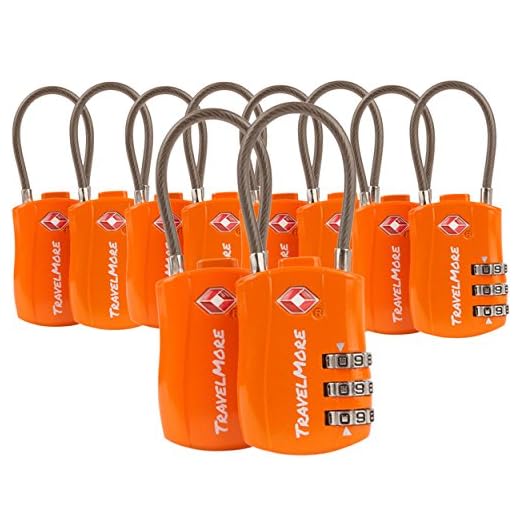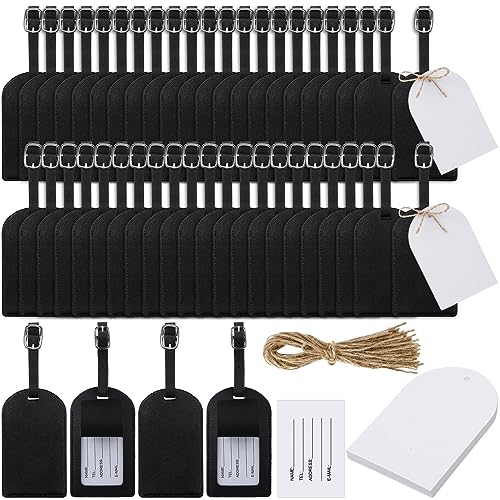

It is possible to secure your travel bags with a lock, but specific conditions must be met. The authority responsible for airport security recommends using combination locks or TSA-approved locks. Such locks can be opened by security personnel using a master key, ensuring that they can inspect contents without damaging your belongings.
When choosing a locking mechanism, look for devices that explicitly state they are TSA-approved. This will prevent potential issues during security checks. If non-approved locks are used, officers may cut them off to inspect the item, leading to possible damage or loss.
Be aware that some airlines and airports have their own regulations regarding locking mechanisms. Always verify airline policies before your trip to ensure compliance and avoid unnecessary inconveniences. Properly securing your belongings adds an extra layer of safety while maintaining access for security personnel when needed.
Locking Luggage for Air Travel
Using TSA-approved locks is the safest option for securing bags during air travel. These locks can be opened by security personnel with a master key, allowing inspection without damaging the lock or the bag.
Below are some key points to consider:
- Choose locks with the Travel Sentry logo, indicating compatibility with TSA screening.
- Combination and key locks are both available; select based on personal preference.
- Always check local and international regulations, as rules may vary by country or airline.
Remember to keep valuables and important items in carry-on bags rather than inside checked bags. This minimizes the risk of theft or loss during transport.
Using a lock does not guarantee safety, so consider investing in high-quality bags with reinforced zippers and anti-theft features for added security.
Understanding TSA Regulations on Locked Luggage
Travelers should use TSA-approved locks for their bags. These locks can be opened by TSA agents using a special key, allowing for inspection without damaging the contents. Standard locks may result in bag damage or removal by security personnel, as they will cut or break locks to inspect the contents.
It’s important to note that while using TSA-approved locks is recommended, there is no guarantee that your belongings will remain secure during transit. The best practice involves securing valuables inside a locked bag while being prepared for potential inspection.
Types of Locks
Consider using cable locks that offer flexibility and strength. Combination locks are also prevalent, providing a personal code for easy access. For additional security, travel with an anti-theft backpack or suitcase featuring built-in locking mechanisms.
Loss and Theft Considerations

In the unfortunate event of loss or theft, travelers should report to the airline and check with local authorities. Preparation includes reviewing policies on compensation and understanding steps to take when valuables go missing. For those dealing with family matters, there are resources available, such as how can a father relinquish his parental rights.
Types of Locks Approved by TSA
Only specific lock types meet the requirements set forth for checked items. Travel locks must feature a universal key system, allowing security personnel to gain access to the contents without damaging the mechanism.
Travel Sentry® Approved Locks
The most common choice among travelers, these locks can be opened by TSA agents using a master key, which ensures that the bag remains secure while allowing access for inspection. They are readily available in various designs and price ranges, making them a convenient option.
Combination Locks
Combination locks are also suitable if they possess the Travel Sentry® mark. Ensure the combination is memorable or record it securely, as losing it can result in problems if access is needed by authorized personnel. Look for locks that include a resettable feature for added security.
How to Properly Secure Your Baggage for Air Travel
Select a lock that complies with the approved standards. Look for Travel Sentry® or TSA-approved locks, as these allow security personnel to access contents without damaging your gear.
Ensure your closure mechanism is robust. A sturdy zipper with an integrated lock system offers better protection. Replace any frayed straps or broken zippers before travel.
Be mindful of weight distribution. Pack heavier items closer to the wheels for stability, which can help prevent accidental unlocking during handling.
Positioning Your Lock
Affix the lock securely in a central position on the zipper. This helps prevent any stress on the lock mechanism when the bag is moved. If using a combination lock, set it to a simple code that is easy to remember but hard to guess.
Testing and Final Checks

Before heading to the airport, test the lock to ensure it operates smoothly. Check all compartments to confirm they are closed and securely fastened to prevent accidental opening. Keep a spare key or combination code documented in a separate location for retrieval if needed.
What to Do If TSA Needs to Inspect Your Locked Bag
If a security officer requests to examine a sealed suitcase, it’s crucial to know the procedures involved. First, be informed that a specific type of key or combination is usually required for access, such as TSA-approved locks that can be opened by screeners without damaging the case.
In the event a locked piece is flagged for inspection, follow these steps:
| Step | Action |
|---|---|
| 1 | Approach the inspection area calmly and inform the security staff that your case is locked. |
| 2 | Provide the combination or key for TSA-approved locks. If it’s a non-approved lock, they may need to resort to breaking it. |
| 3 | Remain at the location and wait for the inspectors to conduct their examination. |
| 4 | After inspection, check the contents to ensure nothing is damaged or missing. Report any discrepancies immediately. |
Always keep in mind that the security team has the authority to open any baggage if they deem it necessary. Therefore, select appropriate locks and remain vigilant during the process. For future travels, consider utilizing locks designed specifically for airport security settings.
Alternatives to Securing Your Bags While Traveling
Consider using zippered pouches for valuables instead of traditional fastening methods. These can be easily placed inside carry-on items or concealed within clothing folds.
Available tamper-evident wraps and seals serve as visual deterrents. They alert travelers if unauthorized access occurs, providing peace of mind without the need for complicated mechanisms.
Using a travel harness can effectively bundle multiple items together, significantly improving organization while minimizing the chances of items going missing.
Adopting smart luggage featuring built-in tracking devices offers a modern solution. Such technology aids in keeping tabs on your belongings via smartphone apps.
Consider investing in the best waist packs for large phones to carry essentials securely. They provide easy access while safeguarding personal items from potential theft.
For added security, blending these methods can enhance protection. Combining zippered pouches with tracking technology creates a comprehensive approach to safeguarding your possessions.







